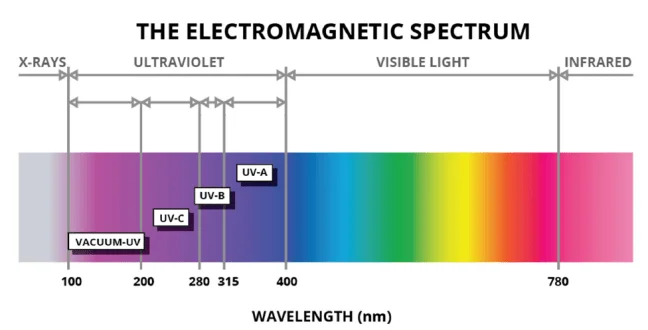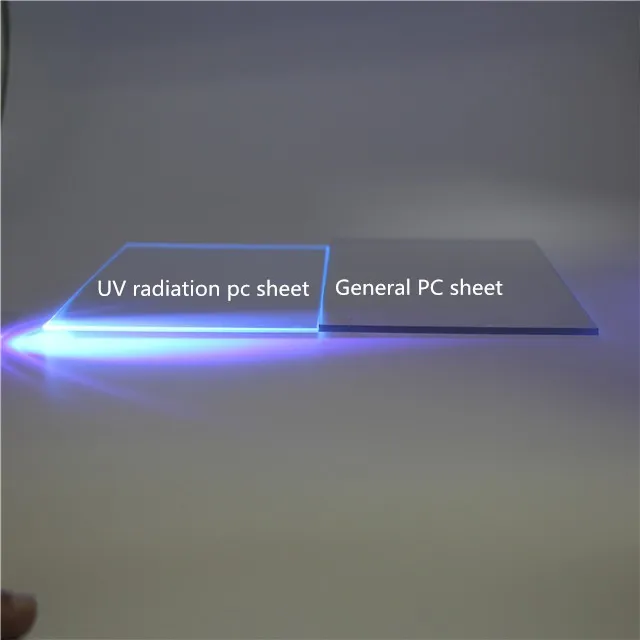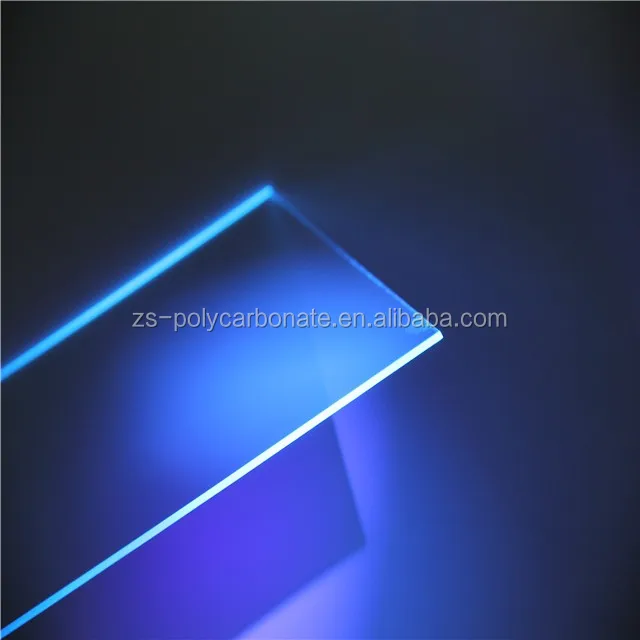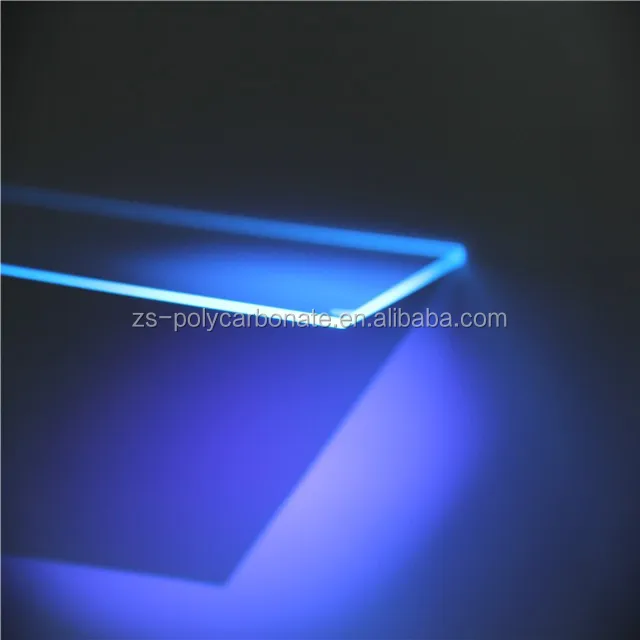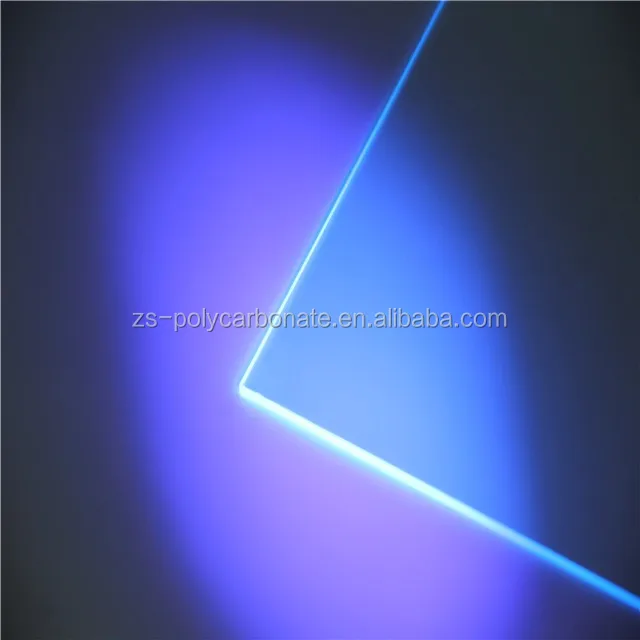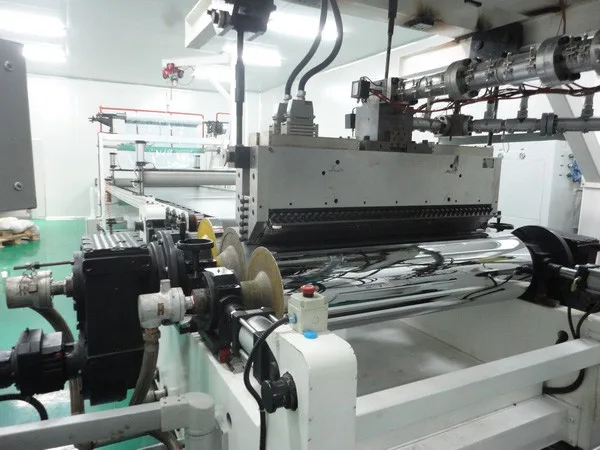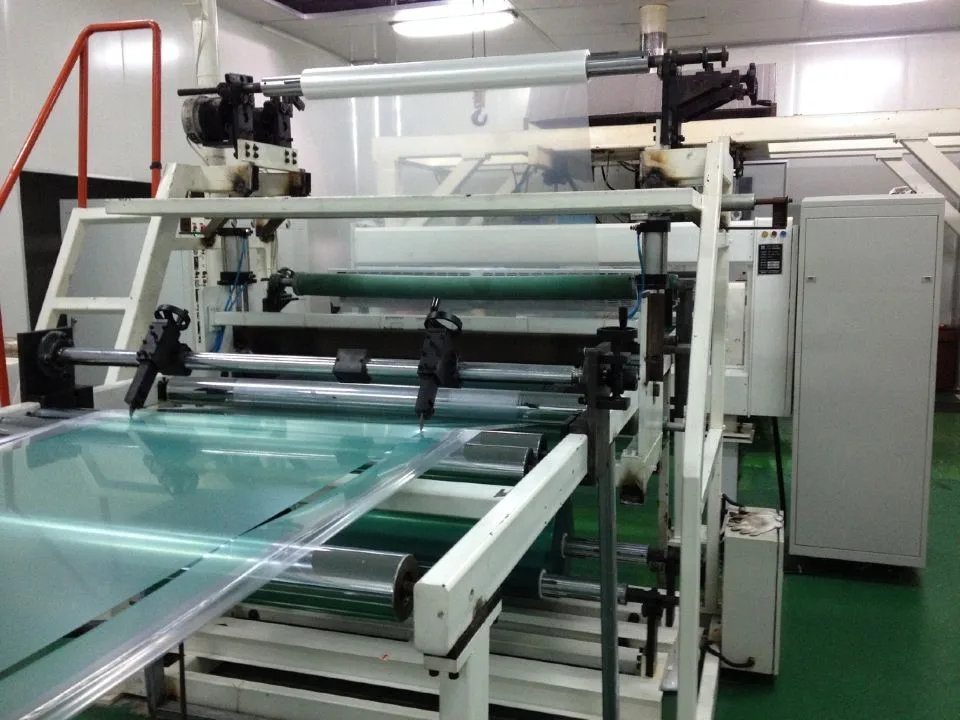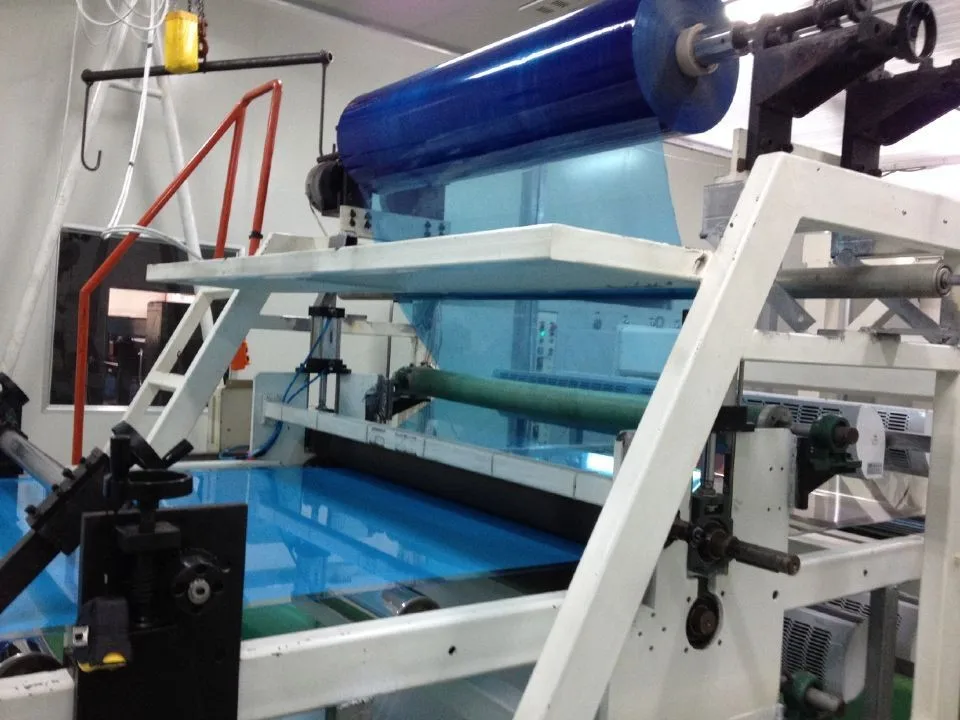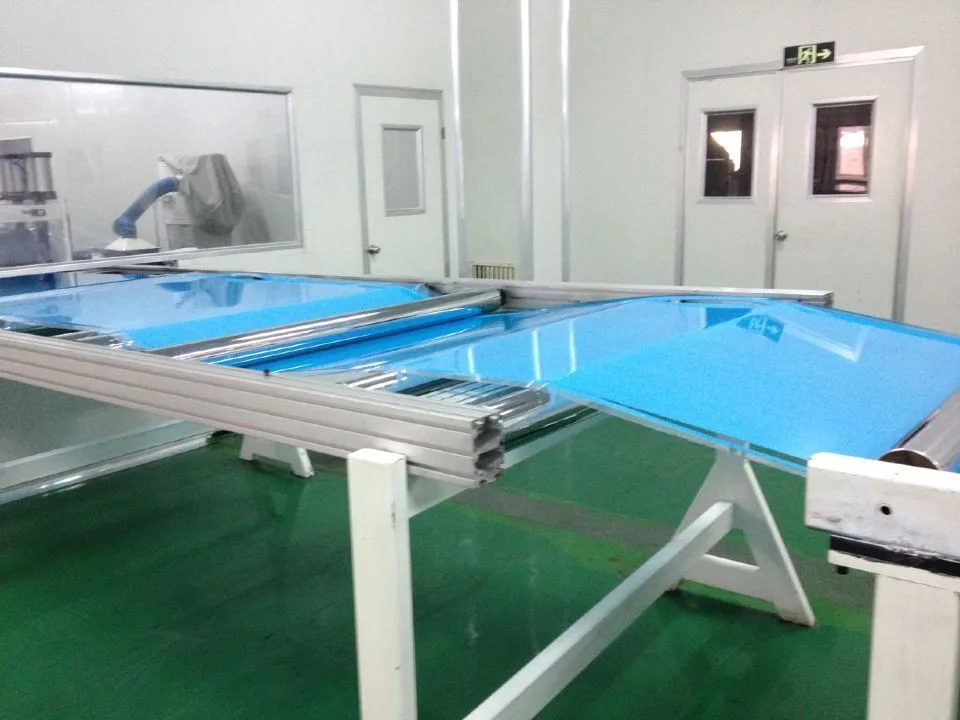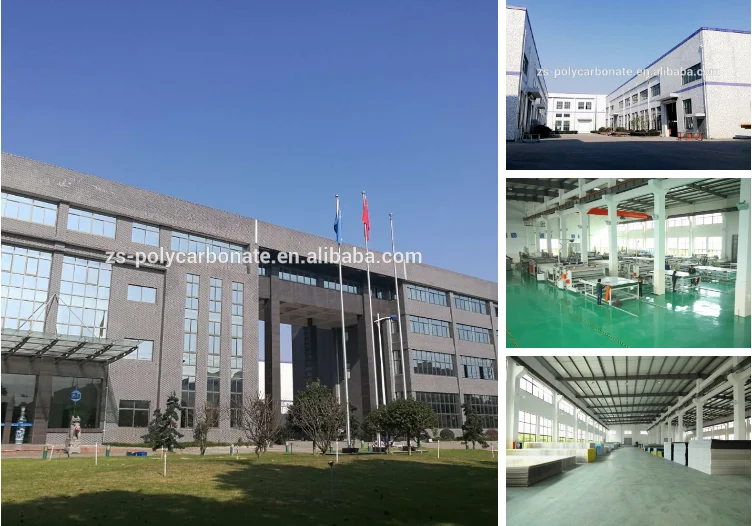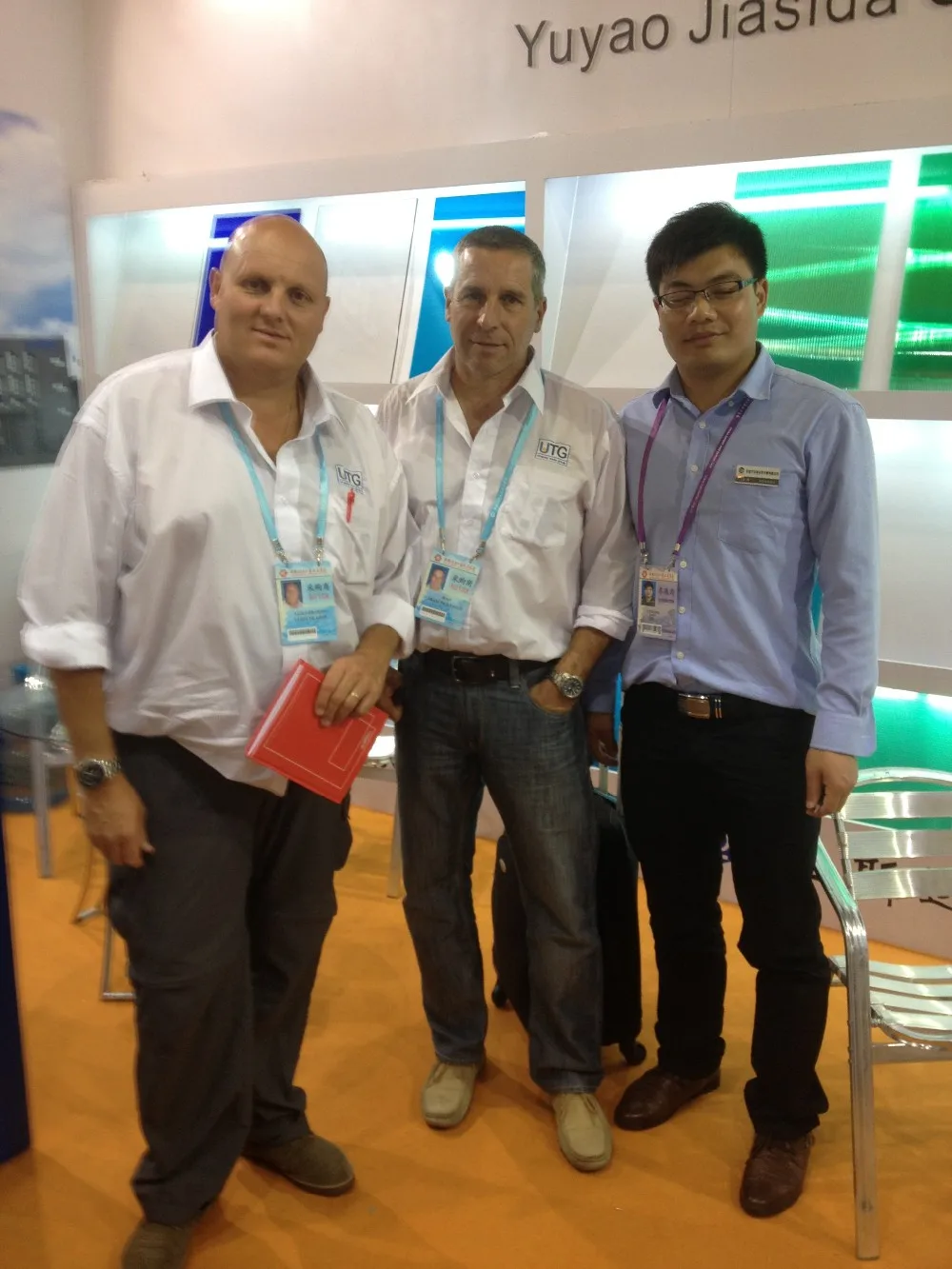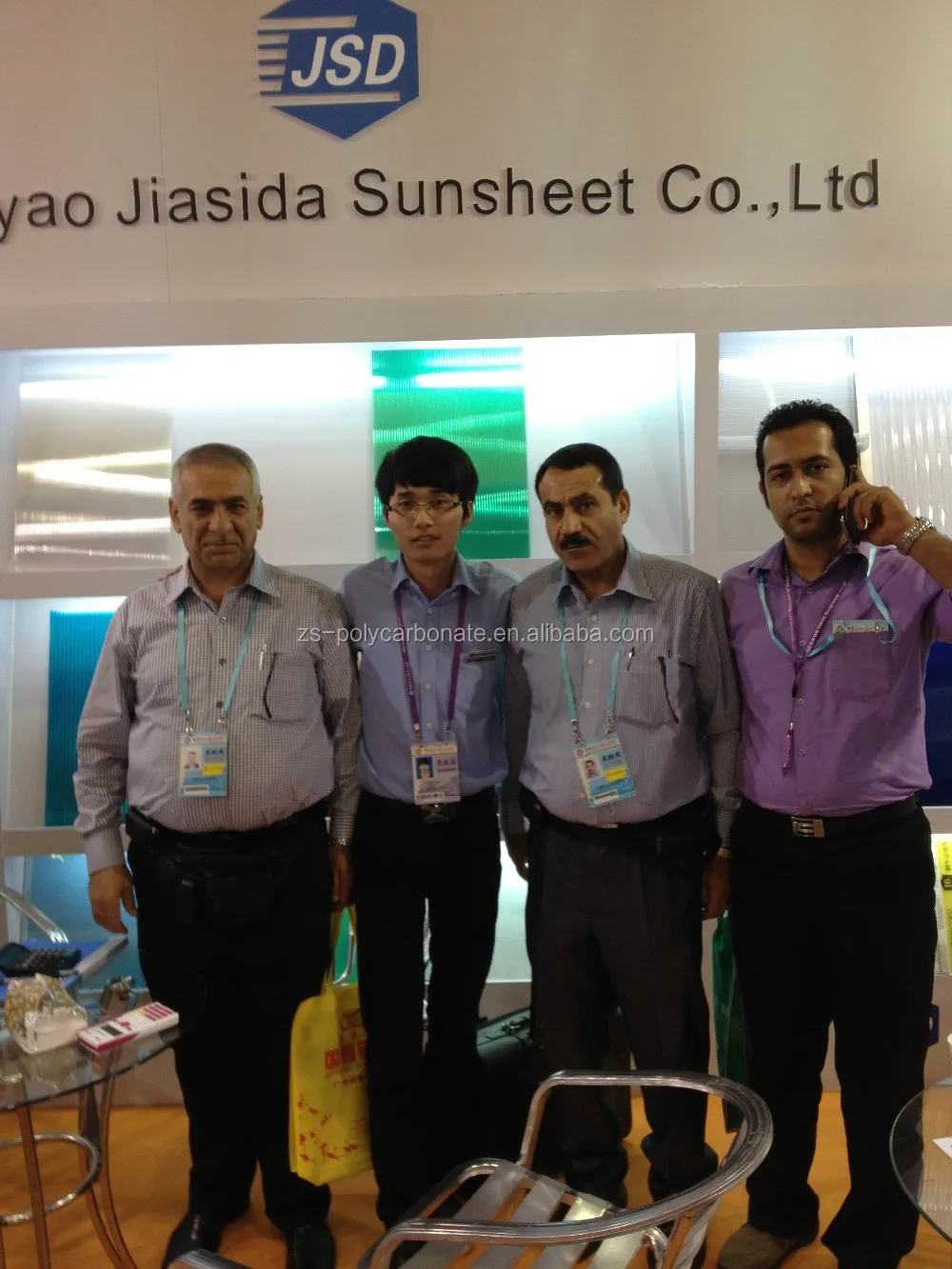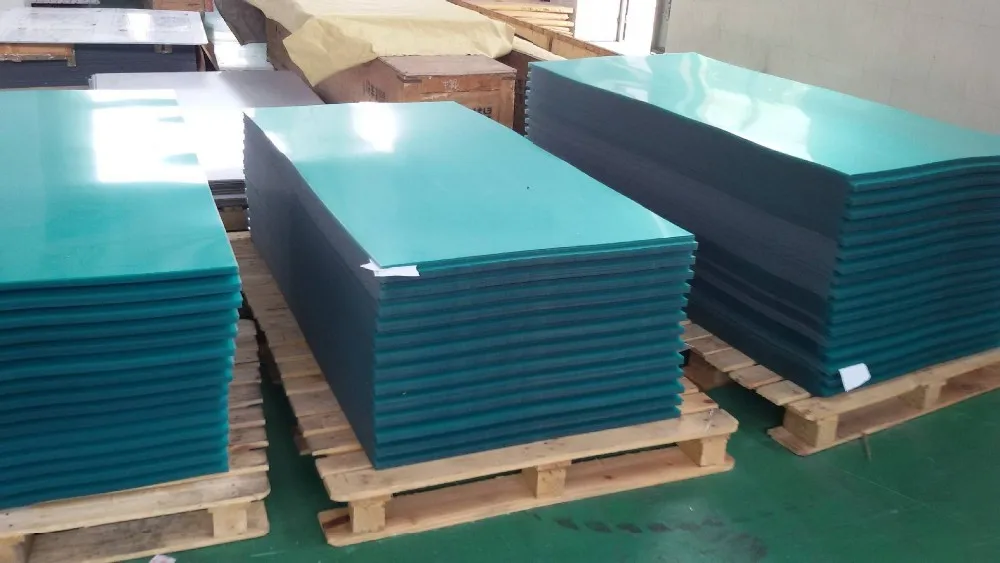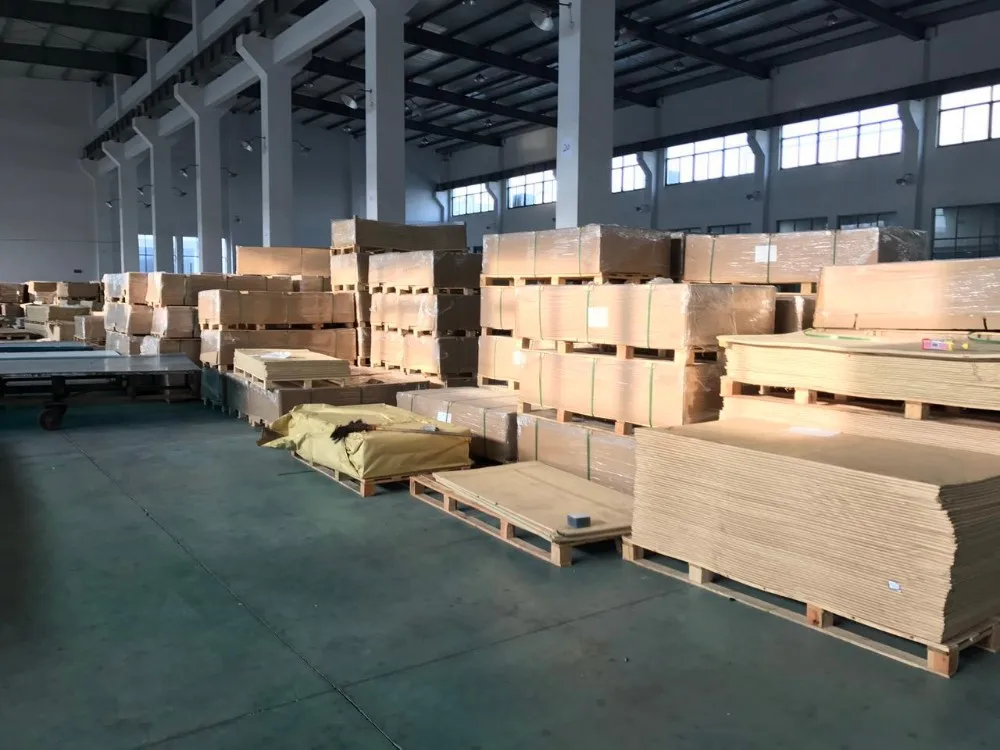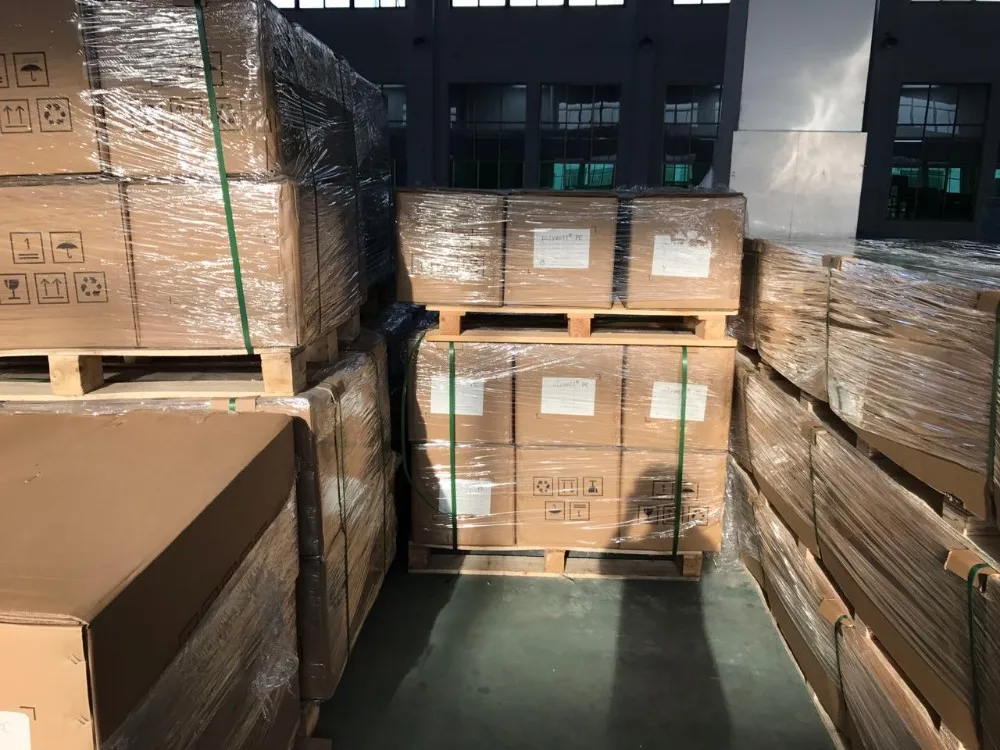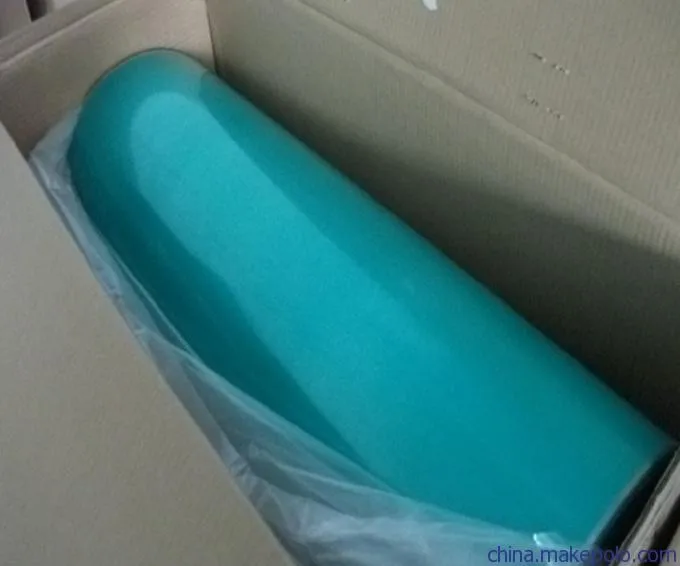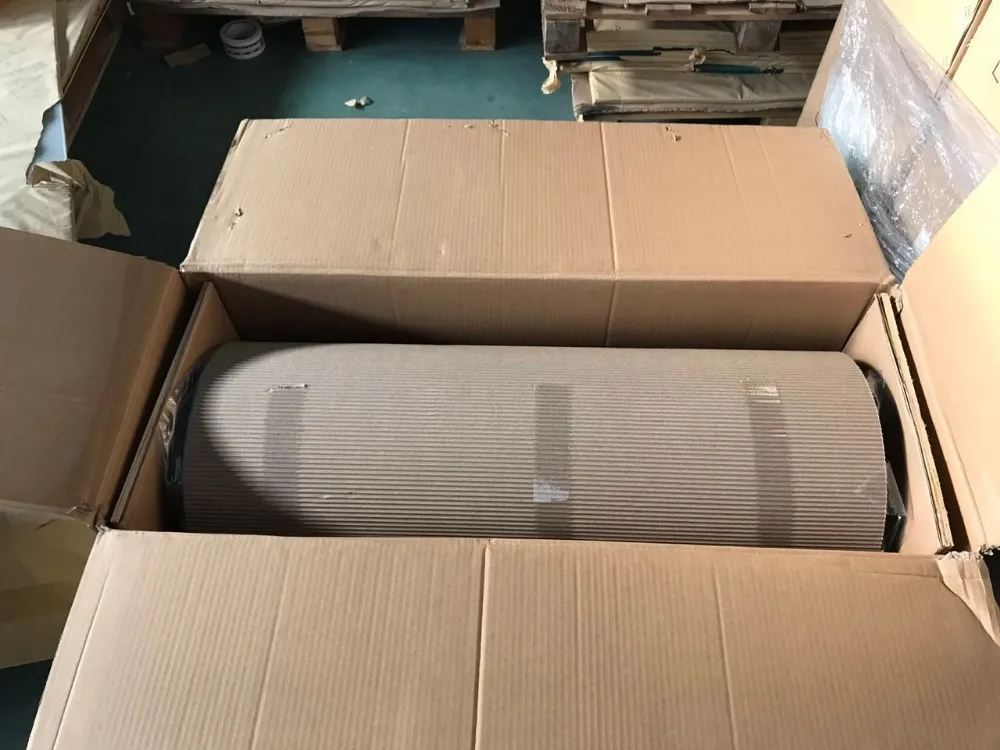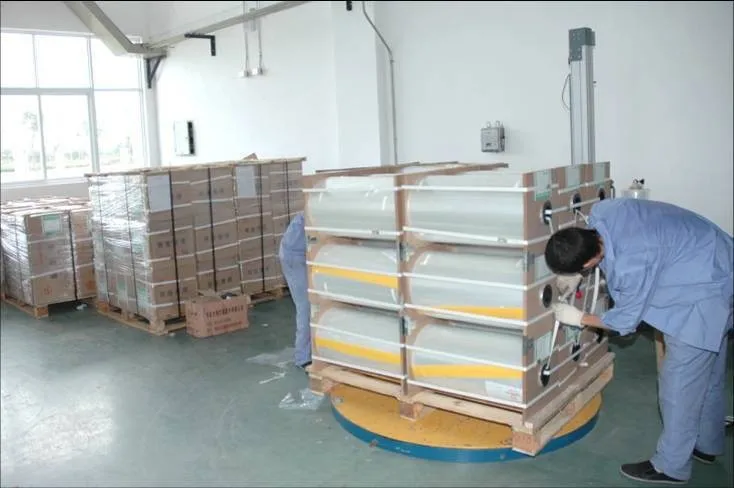UV Radiation Polycarbonate sheet 100nm-400nm
group namePolycarbonate solid sheet
-
Min Order500 square meter
brand nameZS PCFilm
modelZS-UV-CT
payment methodL/C, T/T
-
update timeSat, 22 Sep 2018 08:42:48 GMT
Paramtents
PC raw material supplier SABIC and Bayer
Thickness 1.5mm-20mm
Max width 2100mm
Length customized
Color any color
Delivery time 2-5 days
Certificate ROHS,CE,UL-94,SGS,ISO
Packging & Delivery
Weight1.20kg / square meter
Min Order500 square meter
Briefing
Detailed
UV Radiation Polycarbonate sheet
Scientists classify UV radiation into three types or bands—UVA, UVB, and UVC. The ozone layer absorbs some, but not all, of these types of UV radiation:
●UVA: Wavelength: 320-400 nm. Not absorbed by the ozone layer.
●UVB: Wavelength: 290-320 nm. Mostly absorbed by the ozone layer, but some does reach the Earth’s surface.
●UVC: Wavelength: 100-290 nm. Completely absorbed by the ozone layer and atmosphere.
UVA and UVB radiation that reaches the Earth’s surface contributes to the serious health effects listed above; it also contributes to environmental impacts. Levels of UVA radiation are more constant than UVB, reaching the Earth’s surface without variations due to the time of day or year. In addition, UVA radiation is not filtered by glass.
The level of UV radiation reaching the Earth’s surface can vary. Each of the following factors can increase your risk of UV radiation overexposure and consequent health effects.
Stratospheric Ozone Layer
The amount of UV rays the ozone layer absorbs varies depending on the time of year and other natural events. Additionally, the ozone layer is thinner than it used to be due to ozone-depleting chemicals used in industry and consumer products. These chemicals are being phased out, but the ozone layer is not predicted to heal to pre-1980 levels until mid– to late-century.
Time of Day
The sun is highest in the sky around noon. At this time, the sun’s rays have the least distance to travel through the atmosphere and UVB levels are at their highest. In the early morning and late afternoon, the sun’s rays pass through the atmosphere at an angle and their intensity is greatly reduced.
Benefits
1)High impact resistance - virtually unbreakable
2)High clarity and light transmission
3)Weather and UV resistant
4)Wide service temperature range
5)UV wavelength(100nm-400nm)
6)Good acoustical insulation
7)Lightweight
8)Easy to handle and install
9)Versatile, formable, and machinable
Applications
1)UV face shield
2)Medical face shield
3)Full face respirator visor
4)Hockey Visor
5)Paintball mask
6)Motorcycle visor
Polycarbonate Solid Sheet Physical data:
You need a product
You May Like
- Nearest port for product export
- NINGBO, Shanghai
- Delivery clauses under the trade mode
- FOB, CIF
- Acceptable payment methods
- T/T, L/C






